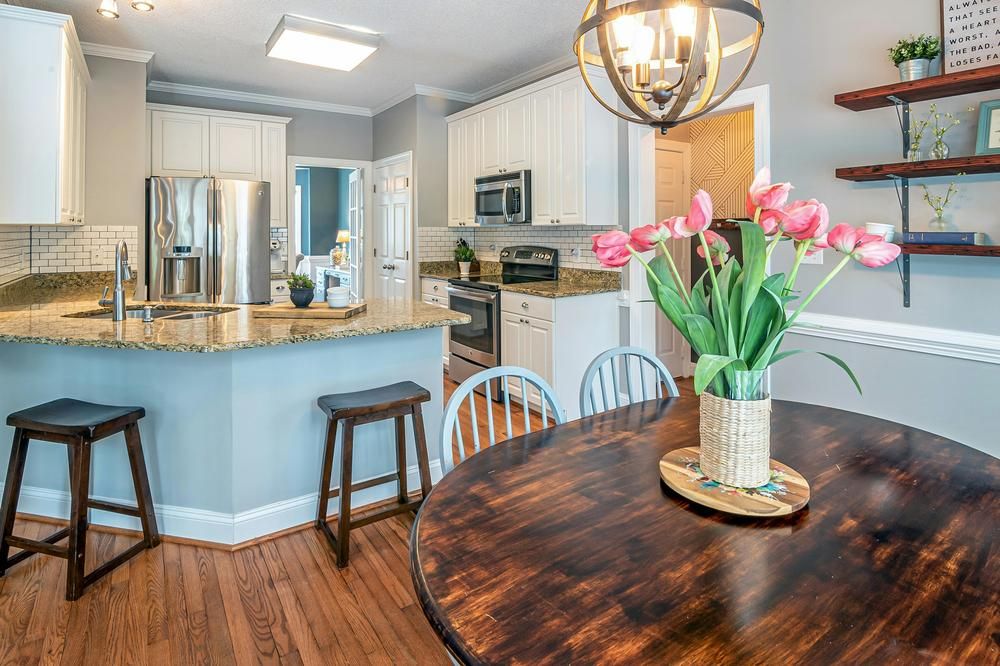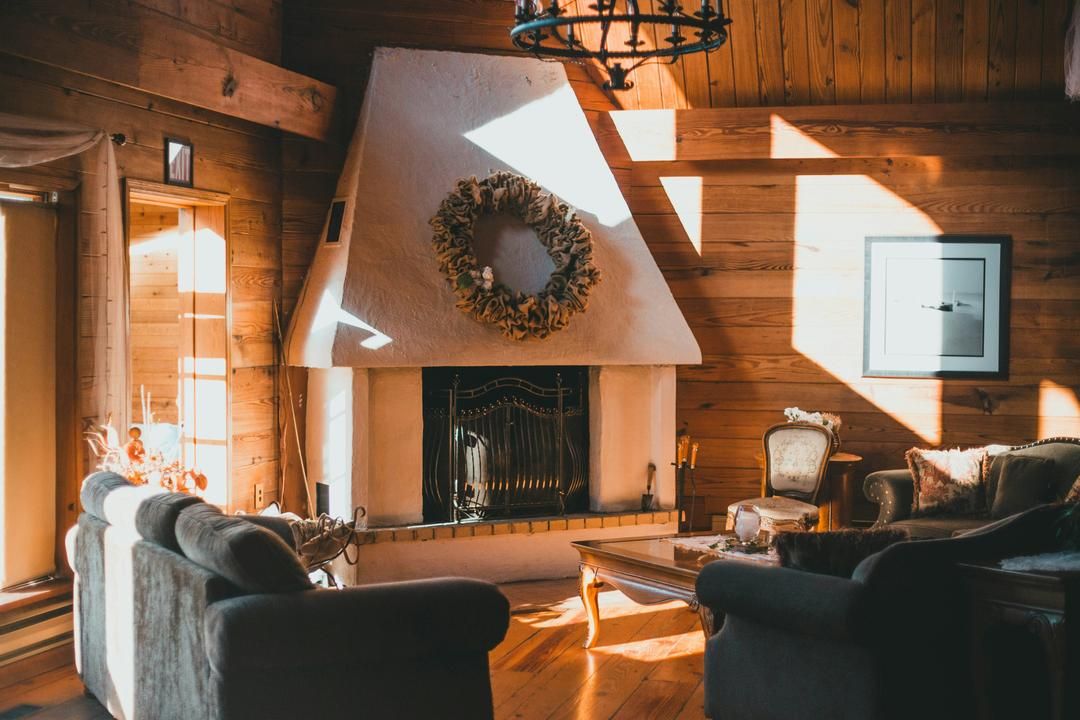Spring in the Valley of the Sun is a bustling time for home sales, and if you're considering putting your house on the market, you're in good company. But with all the activity, there's one pressing question most sellers grapple with: How should I price my home?
Getting the price right is crucial. Set it too high, and potential buyers may look elsewhere. Set it too low, and you risk losing out on what your home is truly worth. Let's break down how to find that sweet spot where your home sells quickly and for a price that makes sense.
Understand the Current Market
First, let’s take a look at what's happening in the local housing market this spring. Interest rates are still playing a significant role. While they’ve dipped a bit since last year’s peaks, they’re still not at rock-bottom levels. Buyers are cautious, yet many are eager to secure a purchase before rates climb again.
Consider inventory levels, too. In the Valley of the Sun, as of early 2025, we’ve seen a slight uptick in available homes compared to the previous year, but overall inventory remains relatively tight in sought-after neighborhoods like Arcadia and Scottsdale. If there are fewer homes for sale, you might have an edge. Conversely, if the market is saturated with listings, you’ll need to be more strategic with your pricing.
This spring, another factor is on everyone’s mind: economic conditions including inflation and tariffs. These elements can indirectly impact buyer behavior, making it vital for homeowners, buyers, and real estate professionals to understand how they interact with mortgage rates and overall market sentiment.
The Role of Seasonality
Spring isn’t just a popular time for buyers; it’s also when sellers typically flood the market. Homes show better with blooming flowers and warm weather, but this means increased competition. Pricing your home right from the get-go can give you a noticeable advantage.
Buyers tend to be more emotionally driven during spring, picturing summer barbecues and family gatherings in their new homes. Make sure your property looks its best for showings to capitalize on this emotional connection.
Get a Comparative Market Analysis (CMA)
A Comparative Market Analysis, or CMA, is a solid way to gauge your home’s value. This involves looking at recent sales of similar properties in your neighborhood to see how your home stacks up. We’ll consider factors like square footage, condition, age, and any upgrades you’ve made.
Remember, homes that sold six months ago might not reflect today’s market dynamics. Spring brings in fresh buyers and can shift demand. Your agent should pull real-time data to provide a current and accurate CMA. If you need help with this, just reach out for a detailed analysis.
Think Like a Buyer
This can be a tough mindset to adopt, but try to see your home through a buyer’s eyes. You might love the custom tile in your bathroom or that cozy reading nook, but will buyers feel the same way?
Buyers are often comparing multiple properties, seeking the best value. If a similar house nearby has a newly renovated kitchen and yours doesn’t, pricing yours a bit lower might be a smart strategy.
Don’t Overprice “Just to See”
It’s tempting to set a high price and hope buyers will negotiate down, but this rarely works out. Overpriced homes tend to linger on the market, and the longer your home sits, the more buyers start to wonder what’s wrong with it.
If you’re not getting much interest in the first few weeks, it might be time to reconsider your price. Monitoring feedback from showings can provide valuable insight. If buyers love your home but hesitate on the price, that’s a clear sign to adjust.
Factor in Your Goals
Consider what you hope to achieve with the sale. Are you eager for a quick sale to move into your next home? Or can you afford to wait for the highest offer? Your pricing strategy should reflect these priorities.
If you’re looking for a quick sale, pricing slightly below market value can spark competition and potentially lead to a bidding war. However, if you’re not in a rush, you might have the flexibility to price a bit higher and negotiate later.
Consider Recent Upgrades and Repairs
If you've recently renovated your kitchen, added a patio, or replaced your roof, these enhancements can increase your home’s value. However, keep in mind that not all upgrades offer the same return on investment. Kitchens and bathrooms usually yield higher returns than other types of renovations. Make sure your agent accounts for these improvements in your pricing strategy.
On the flip side, if your home has outdated features or needs repairs, buyers will likely expect a lower price. Taking care of minor repairs and touch-ups before listing can help avoid lower offers.
Monitor Neighborhood Trends
Stay updated on what’s happening in your neighborhood. Are homes selling quickly, or are they lingering with price cuts? In areas like Gilbert and Chandler, we’ve seen homes selling in days, while some pockets may still be experiencing slower sales. We’ll help you analyze these trends to decide whether to price on the higher or lower end of your range.
Be Prepared to Negotiate
Stay calm and flexible, working with your agent to find common ground. A well-negotiated sale benefits both parties, so keep the lines of communication open.
Stay Flexible
Even with careful planning, the market can change. A nearby home might drop its price, or buyer demand could suddenly spike. Be open to adjusting your price if necessary.
Your agent is your best ally in monitoring trends and advising you on any adjustments that could help your home sell faster.
Final Thoughts
Pricing your home isn’t an exact science, but it’s also not a guessing game. By understanding market conditions, thinking like a buyer, and collaborating with a knowledgeable agent, you can confidently set a price that works for you.
If you're ready to take the next step, feel free to reach out for a personalized pricing strategy tailored to your home and your goals.
1%20(1)-grey.png)
-grey2.png)

 (2).jpg)


